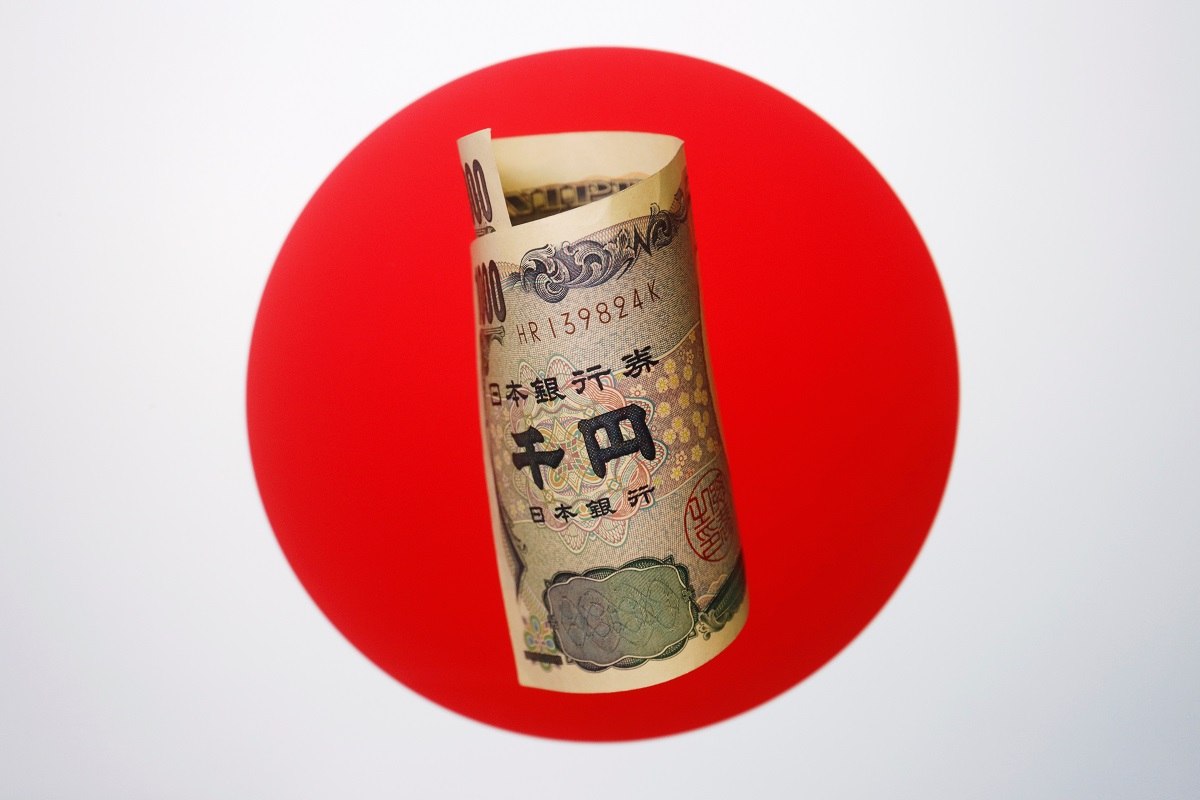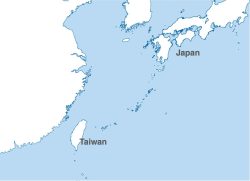
A banknote of Japanese yen is seen in this illustration picture taken June 15, 2022.
12:35 JST, June 10, 2024
TOKYO (Reuters) – Japan’s economy contracted less than initially reported in January-March on upward revisions to capital spending and inventory data, lending modest support to the central bank’s plans to raise interest rates again this year.
Analysts expect the Japanese economy to have bottomed out in the first three months of the year, although a stubbornly weak yen and disruptions at major automaker plants continue to cloud the outlook for the current quarter.
Still, “the revised GDP results made it easier for the Bank of Japan (BOJ) to feel encouraged about future rate hikes as it can assess capital investment is picking up even by a little bit,” said Kohei Okazaki, senior economist at Nomura Securities.
Japan’s GDP shrank a revised 1.8% annualized in the first quarter from the previous three months, Cabinet Office data showed on Monday, a smaller decline that economists’ median forecast for a 1.9% contraction and a 2.0% decline in the preliminary estimate.
The revised figure translates into a quarter-on-quarter contraction of 0.5% in price-adjusted terms, unchanged from the initial reading issued last month.
RATE HIKES
The revised GDP data comes on speculation the BOJ may discuss cuts in its Japanese government bond (JGB) purchases at its policy review this week as part of efforts to unwind monetary stimulus to curb yen weakening.
Investors are looking for clues on the timing of further rate hikes by the central bank, which raised rates in March for the first time since 2007 in a landmark shift away from ultra-loose monetary policy.
“We can say capital spending picked up in the latter half of the fiscal year-end in March 2024…current capex conditions are a relief but we must be cautious about the outlook,” Okazaki said.
“We can also maintain the view that consumption is on track for recovery due to hefty pay raise agreed at annual labor talks and income tax cuts that kicked in from June.”
Private consumption, which accounts for more than half of the Japanese economy, fell 0.7% in the first quarter, unchanged from the preliminary estimate as rising living costs squeezed household finances. It was a fourth straight quarter of decline.
External demand, or exports minus imports, shaved 0.4 of a percentage point off overall GDP, while domestic demand knocked off 0.1 point, the data showed.
"News Services" POPULAR ARTICLE
-

American Playwright Jeremy O. Harris Arrested in Japan on Alleged Drug Smuggling
-

Japan’s Nikkei Stock Average as JGB Yields, Yen Rise on Rate-Hike Bets
-

Japan’s Nikkei Stock Average Licks Wounds after Selloff Sparked by BOJ Hike Bets (UPDATE 1)
-

Japan’s Nikkei Stock Average Buoyed by Stable Yen; SoftBank’s Slide Caps Gains (UPDATE 1)
-

Japanese Bond Yields Zoom, Stocks Slide as Rate Hike Looms
JN ACCESS RANKING
-

Tokyo Economic Security Forum to Hold Inaugural Meeting Amid Tense Global Environment
-

Keidanren Chairman Yoshinobu Tsutsui Visits Kashiwazaki-Kariwa Nuclear Power Plant; Inspects New Emergency Safety System
-

Imports of Rare Earths from China Facing Delays, May Be Caused by Deterioration of Japan-China Relations
-

University of Tokyo Professor Discusses Japanese Economic Security in Interview Ahead of Forum
-

Japan Pulls out of Vietnam Nuclear Project, Complicating Hanoi’s Power Plans
























